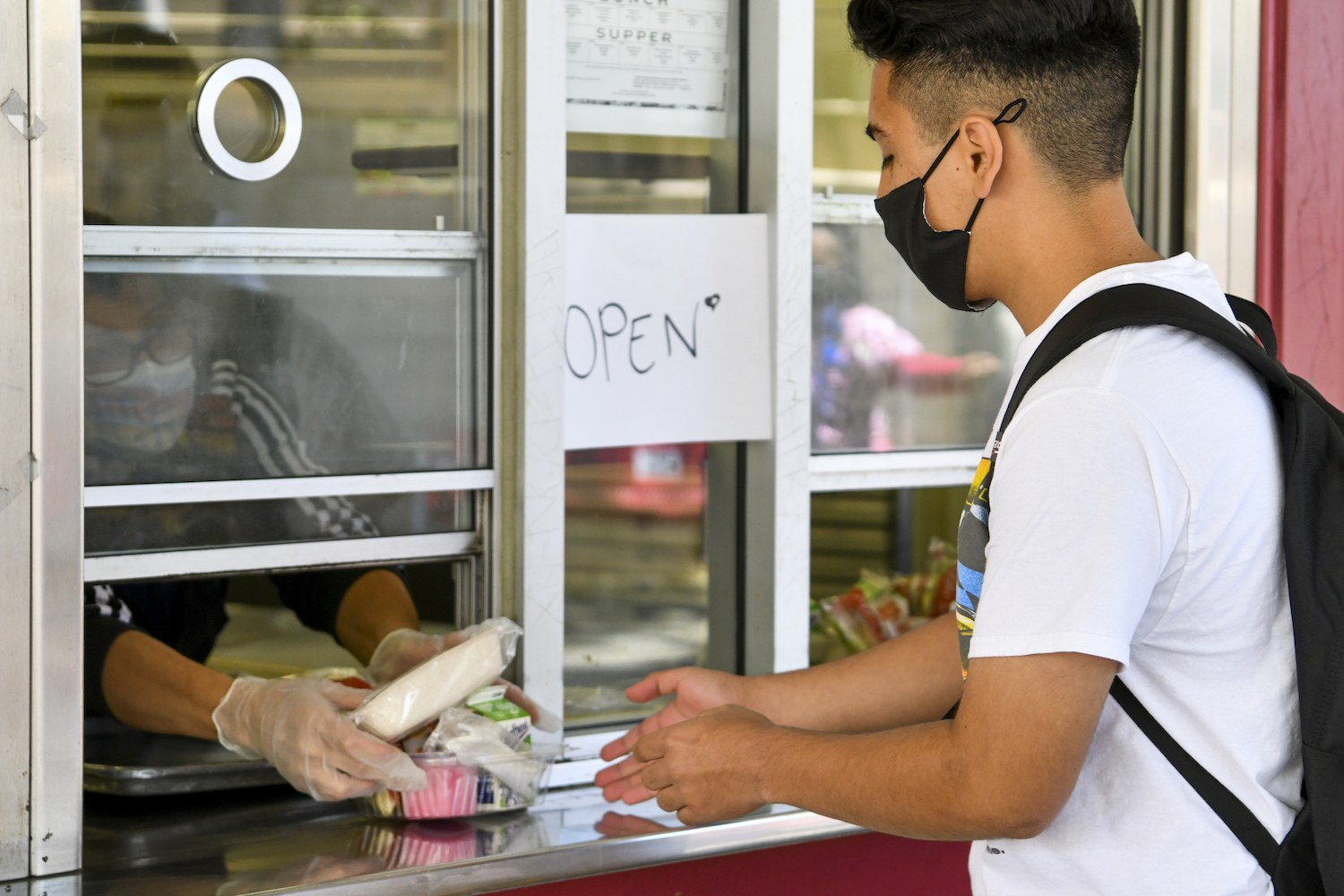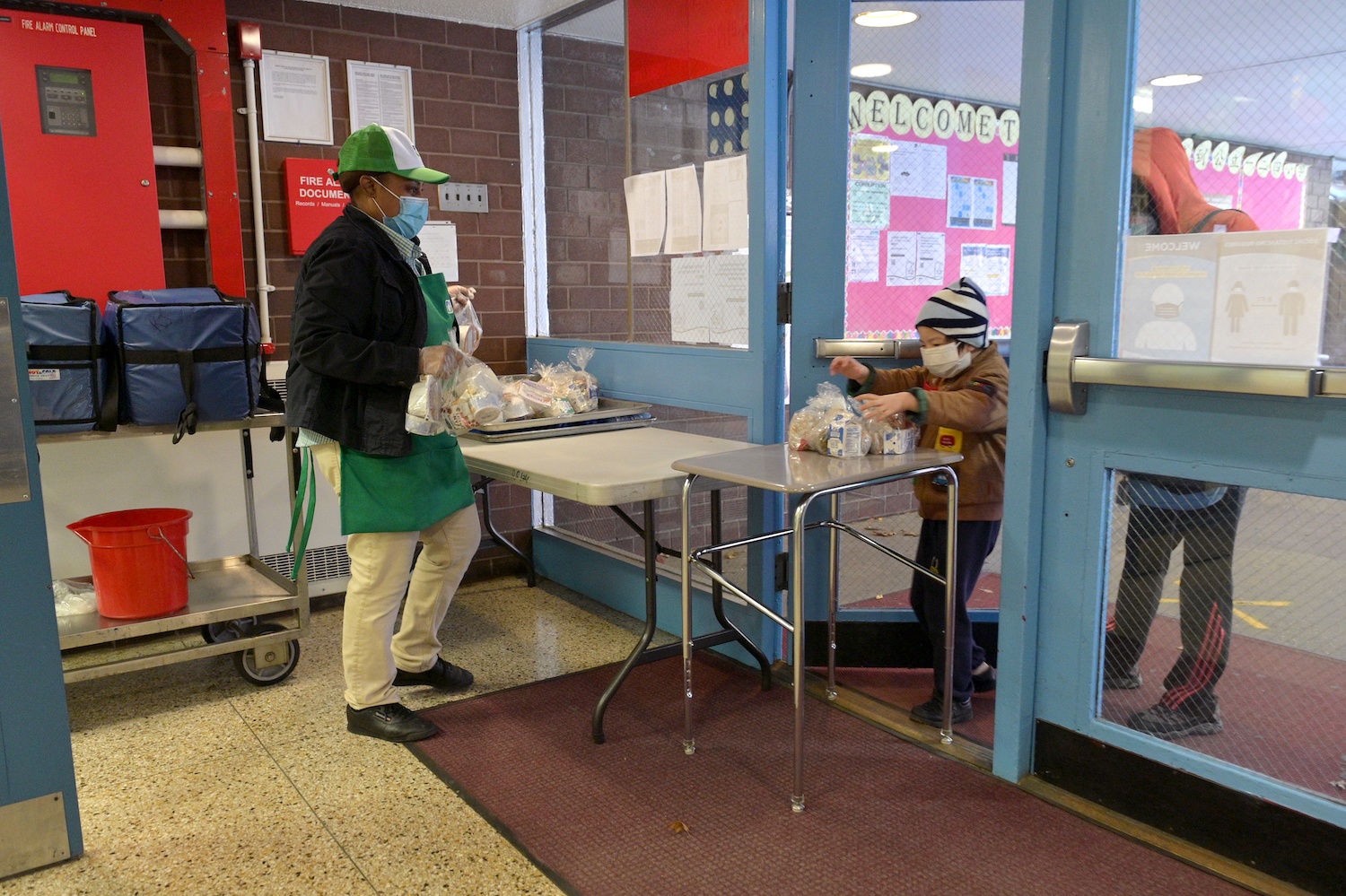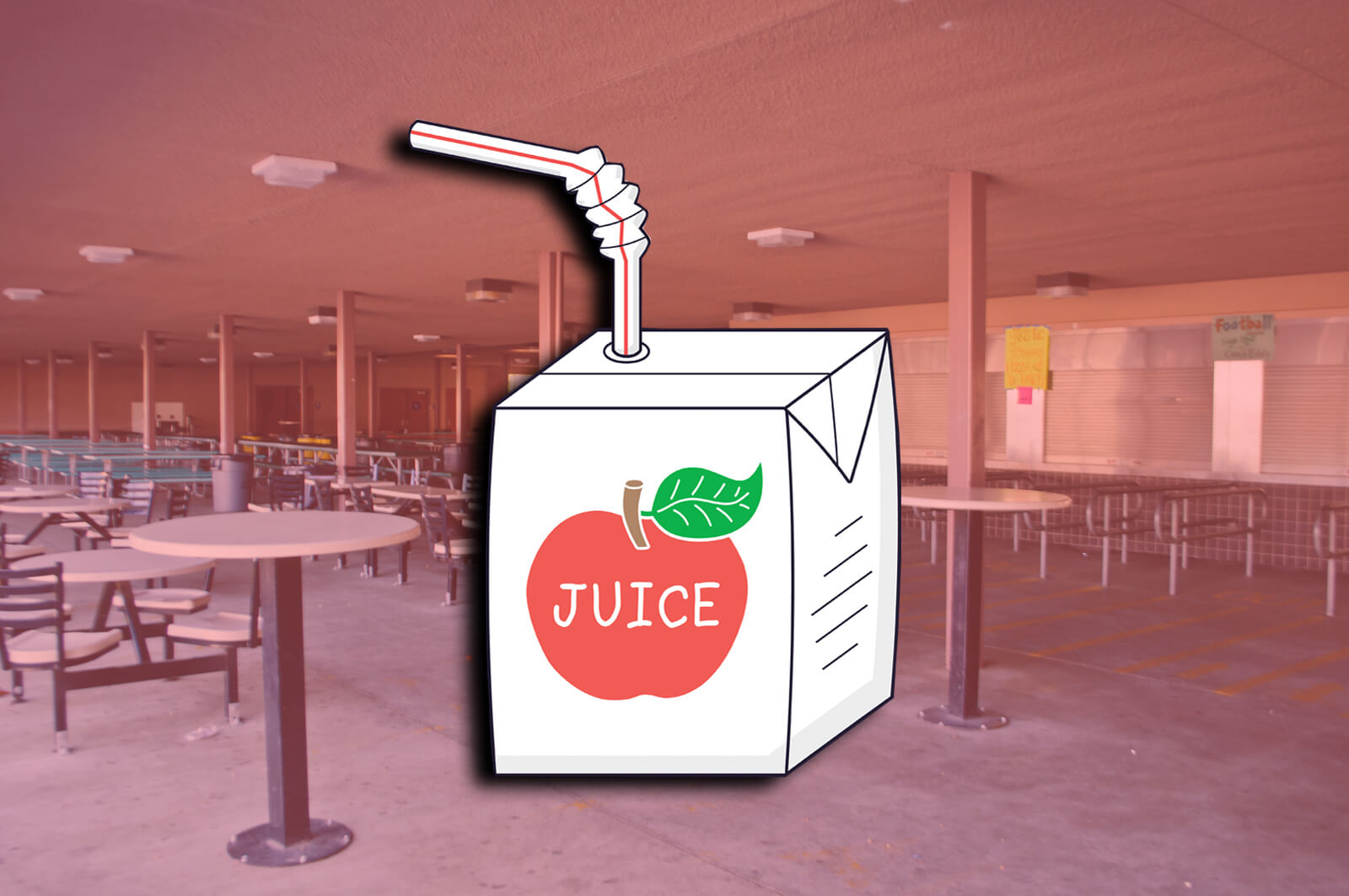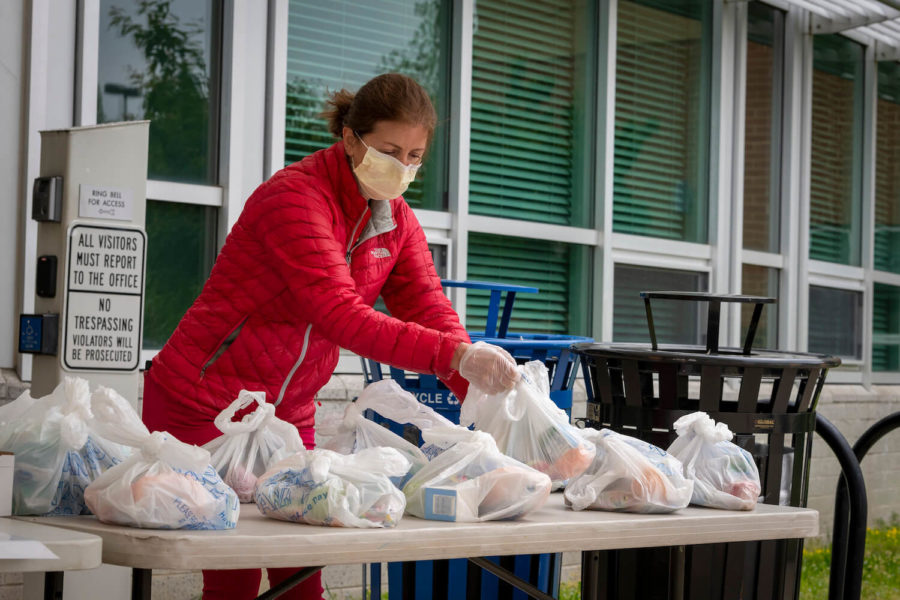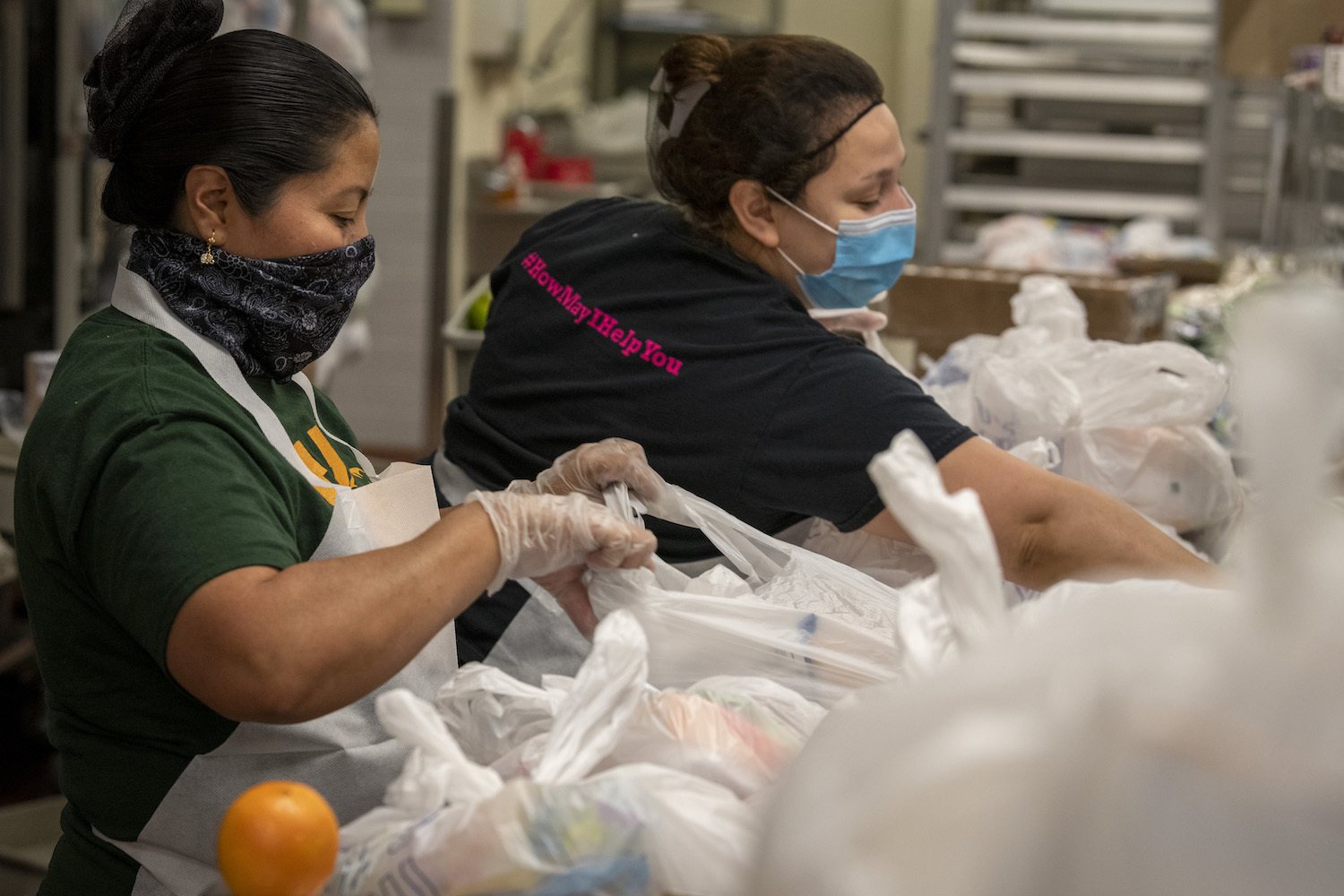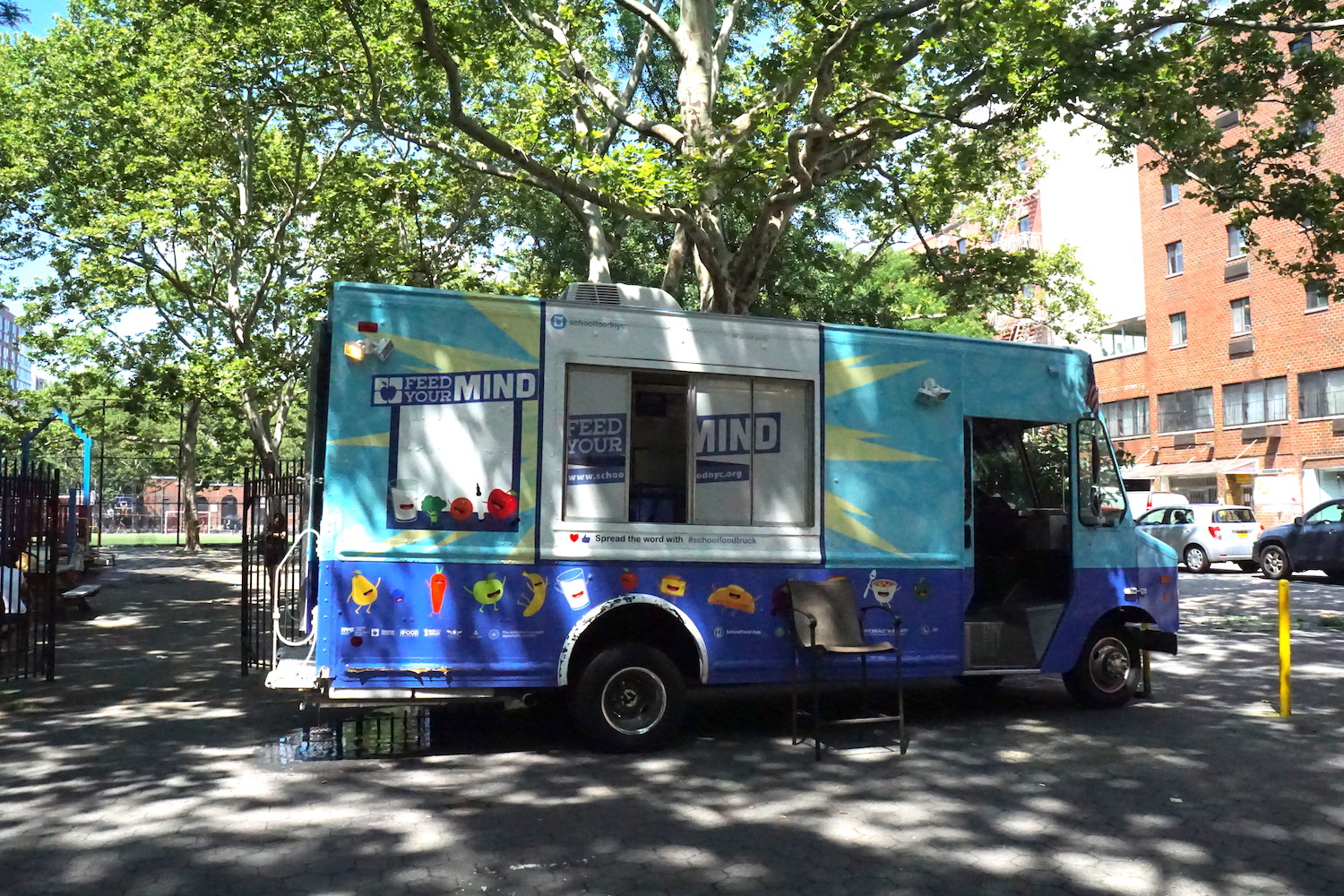Issues at every level of the supply chain—from a dearth of truck drivers and warehouse workers to droughts and heat waves—as well as staff shortages in the school lunch workforce have schools asking: How do we feed our kids?
Schools districts across the country are cutting back on entree offerings and warning parents to expect frequent changes to lunch menus, as workers scramble to make up for ongoing shortages of everything from applesauce and frozen pizza to disposable silverware.
The shortages are part of ongoing production and distribution problems that have also been driving up the cost of food nationwide.
“What we hear from our distributors is that there are issues at every level of the supply chain,” said Diane Golzynski, director of the office of health and nutrition services at the Michigan Department of Education.
Those issues include a dearth of truck drivers and warehouse workers, challenges getting ships offloaded at port, droughts, heat waves and an increase in consumer demand as more restaurants and public venues reopen and school districts shift back to in-person classes.
“It’s sort of this perfect storm,” said Stacy Koppen, director of nutrition services at Saint Paul Public Schools. “You’ve got this fallout from the pandemic. Everybody’s trying to reopen safely, and we all need more of everything and it’s just not there.”
“You’ve got this fallout from the pandemic. Everybody’s trying to reopen safely, and we all need more of everything and it’s just not there.”
Chicken and eggs have been particularly hard to come by in Saint Paul, Koppen said, but districts are having problems sourcing items across their menu. Santa Ana Unified School District in California has been short on deliveries of more than 100 items since the fall semester began.
The result is a lot of kids—particularly in elementary school—showing up to the cafeteria and being disappointed when the meal they expected is not being dished up.
Because of how many food distributors operate, school districts often don’t know what’s missing from an order until the delivery trucks arrive. This is particularly challenging because districts often plan out lunch menus weeks in advance and schools are required to carefully calculate the nutritional content of each week’s menu. The USDA recently announced a waiver for some nutrition requirements for schools dealing with food shortages, but those changes must still be meticulously logged.
There are also fewer distribution companies serving school districts, Josh Goddard, director of nutrition services at Santa Ana Unified, said.
When campuses closed at the start of the pandemic and orders from school districts plummeted, some manufacturers and distributors abandoned the school lunch business entirely, Goddard said. That’s putting additional pressure on the companies that do cater to schools.
Some school nutrition directors are starting their day by driving to multiple grocery stores to purchase items to supplement their regular food deliveries.
Fort Plain Central School District in New York State selects its food distributor every year through a cooperative bidding process. They usually have three or four companies competing for the contract, said Lauri Broady, the district’s director of school nutrition. This year, only one applied.
Some school nutrition directors are starting their day by driving to multiple grocery stores to purchase items to supplement their regular food deliveries. There’s a lot of improvising going on behind the scenes, Koppen said, with schools needing to frequently revise their menus and districts reassigning staff to help serve up new dishes as needed. High schools that used to offer four entree options at lunch may now only offer two.
Others are trying new brands, or experimenting with dishes that may be unfamiliar to students. Broady has added breakfast burritos to her menu, and is trying out new brands of pizza. She’s also looking for dishes like chicken and rice bowls that might not be popular in her area, but would still appeal to kids.
The food supply challenges come at a time when many schools are also facing labor shortages of their own.
Koppen says her district started the school year short about 100 school nutrition employees—a sizeable chunk of its school lunch workforce. They are still trying to hire more than four dozen workers. Last year, nearly a third of the district’s school lunch supervisors retired or left their jobs. It’s a trend that school leaders are seeing in other parts of the country.
The Michigan Department of Education offers an annual training for new school nutrition directors. Normally between 40 and 50 people in the state sign up. This year, they had more than 150 participants, Golzynski said.
“To me, that means there are a heck of a lot of food service directors who are just saying, ‘I’m tired. I don’t have enough staff. I’m overworked. I’m retiring.’ And so then we’re leaving this career,” Golzynski said.
